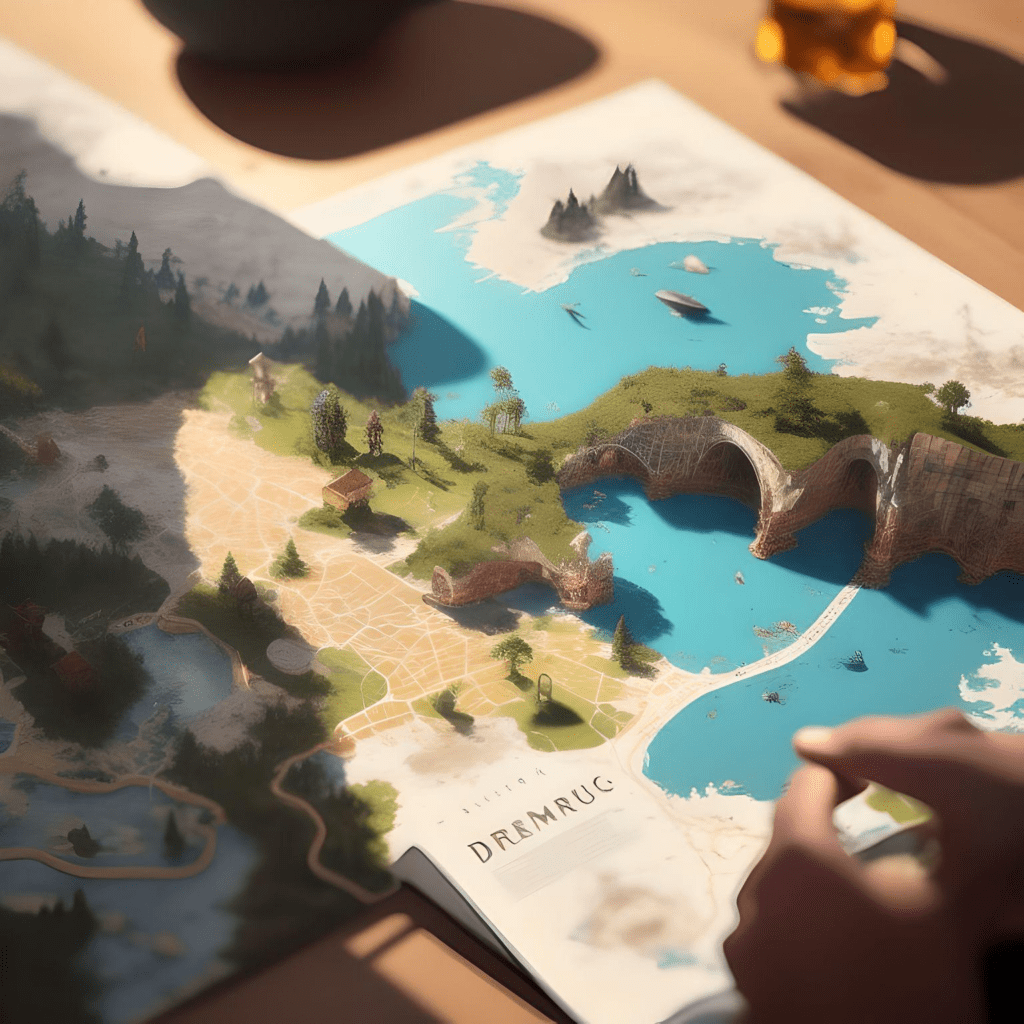Content mapping is the smart way to make sure your readers are introduced to your brand, become familiar with it and are encouraged to make a purchase. When prospects visit your site, they will be seeking signs of trust and authority, comparing it with competitors and seeking resources to help them achieve their goals.
To ensure you’re catering to those goals, it’s wise to align your content strategy with the buying cycle. In this post, we’ll explain how setting up a buyer persona and guiding them through the cycle will ensure each touchpoint has been acknowledged, taking a prospect from a cold lead to a paying customer.
1. Identify and understand your buyer persona
Before you can begin mapping out content, you need to know who you’re mapping for. This is where a buyer persona is vital. You want to collate as much information as possible from data such as market research and surveys. You can then move on to other sources such as Google Analytics, sales data, keyword research, forum discussions and competitor information.
Don’t focus on just one source of information, as you will effectively have blinkers on and be blind to other facets of the buyer persona. For example, if you only perform competitor analysis, you won’t be seeing the needs they aren’t meeting. By cross-referencing this analysis with keyword research, you will be able to see where your audience might be searching for topics that aren’t being catered to by your competitors.
Don’t limit yourself to one persona if there are multiple audience types which emerge from your research. Personas may overlap, or have completely independent buying cycles. Differentiating and covering them means you’re being comprehensive.
Let’s introduce an example. You’re a major bank offering a personal loan product. One of the buyer personas you have identified is a man in his mid-40s who wants to perform home renovations. He has good credit and a steady job he’s been working in for several years now. He has some savings, but not enough for the scale of the job he’s got in mind. Let’s call him John.

Now it’s time to map out John’s buying cycle.
2. Map out the buying cycle – awareness, consideration, decision
An easy way to divide up the buying cycle is to apply three stages – awareness, consideration and decision. Let’s apply John’s buyer persona to this cycle.
At the beginning, John has realised he doesn’t have enough available funds to perform his home renovations. He wants to find out more information about his financing options so that he can make an informed decision. He’s weighing up options such as remortgaging his house to release equity, taking out a loan or using his credit card. John is at the awareness stage.
After digesting the information, John has identified that he should take out a personal loan. He needs to know why a personal loan from your bank may be the best solution. He wants to know how to incorporate repayments into his monthly budget and learn about others who have improved their lives with personal loans.
Now John has entered the consideration stage. He knows a personal loan is the right choice for him and he’s shopping around for the best provider. His goal is to compare the choices he has and find out which suits his needs the most.
Now that we’ve got a sense of the cycle we want to take John through, it’s time to drill down into each of the stages in more detail.
3. Move through the awareness touchpoint
Let’s rewind and take it back to the beginning. John knows he’s got a problem – he doesn’t have enough funds to renovate his kitchen and get his garden landscaped. He isn’t sure which financing option might be best for him – remortgaging, personal loan or credit card? He also wants to find out more about each option.
We want to identify questions John might have at this stage. For example, he may be asking:
- ‘Personal loan vs credit card’
- ‘Why choose a personal loan’
- ‘Guide to personal loans’
- ‘How to pick a personal loan’
Now that we’ve got some example questions, we can do some keyword research and filter keywords with an informational intent. You can then craft further questions and turn them into topics.
At the awareness stage, we want to focus on creating high-quality content that adheres to E-E-A-T guidelines. The content formats at this point include blogs, eBooks, infographics and video. We want John to be educated and gain genuine value from the content.
Once you have a collection of headline ideas, you’re ready to create the content and move on to the next stage.
4. Transition into the consideration touchpoint
John has identified that he needs a personal loan to help him with his home improvement goals. He is exploring his options and starting to think about which product is the best choice for his needs. Again, let’s identify the questions he may be asking at this stage:
- ‘Best personal loan for home improvement’
- ‘Personal loan reviews’
We want to open up our keyword research tool to collate this information with specific queries and search volumes. Ensure you pick a mix of high and lower volume keywords for your content cluster to capture both the competitive searches and low-hanging fruit.
Now is the time to begin building a little marketing into your content. It’s apt to begin positioning your business as the solution and incorporating this message into your headlines.
The content types we want to create at this stage are comparison tools such as loan calculators, eligibility checklists, expert advice and testimonials. We want John to begin engaging with the content and actively considering his options.
Create your consideration content cluster, then move John onto the decision touchpoint.
5. Move the customer into the decision touchpoint
John has made his decision and is now searching with a transactional intent. He is seeking a specific personal loan with features he knows will benefit him most. He is focused on performing queries such as:
- ‘Personal loan approval process’
- ‘Best personal loan rates’
- ‘Top personal loan providers’
At this stage, we not only want to be identifying persona questions, but also identifying potential objections which would prevent purchase. We want to put more work into positioning the brand as the best option for John. We can do this by collating positive company experiences and success, then curating content which reflects this data.
John is seeking content formats such as customer reviews, pricing pages, FAQs and comparison tables. He is ready to sign up and make a purchase, so ensure your pages are transaction-oriented with strong CTAs.
Once you have created your final content cluster, it’s time to start monitoring your results.
6. Monitor content performance
We now know that creating content clusters for each stage is vital for moving leads through the buying cycle. We are leveraging search queries to hook in valuable traffic which has the highest chance of being moved from awareness, to consideration, to decision.
There is little point in putting all of this work in if you aren’t monitoring its performance. It’s vital to regularly check how your content is doing and whether it’s meeting conversion goals. If it isn’t, then working proactively to amend and adjust is key. If it is, then don’t just sit back and relax – look for further content opportunities within each stage of the cycle to hook in even more customer leads and set up your brand for success.
Need help with your content mapping?
We can give you a comprehensive overview of how your SEO content strategy is currently performing, along with actions you can take to fix any issues you have.
Skittle Digital’s Free Acquisitions Workshop is tailored to your company, and include bespoke advice created by experienced humans – making them higher value than data which has simply been pulled from an SEO tool.
If you’d like help with your SEO content strategy, then secure your place in one of our workshops – but hurry, because we only have a few slots left.












